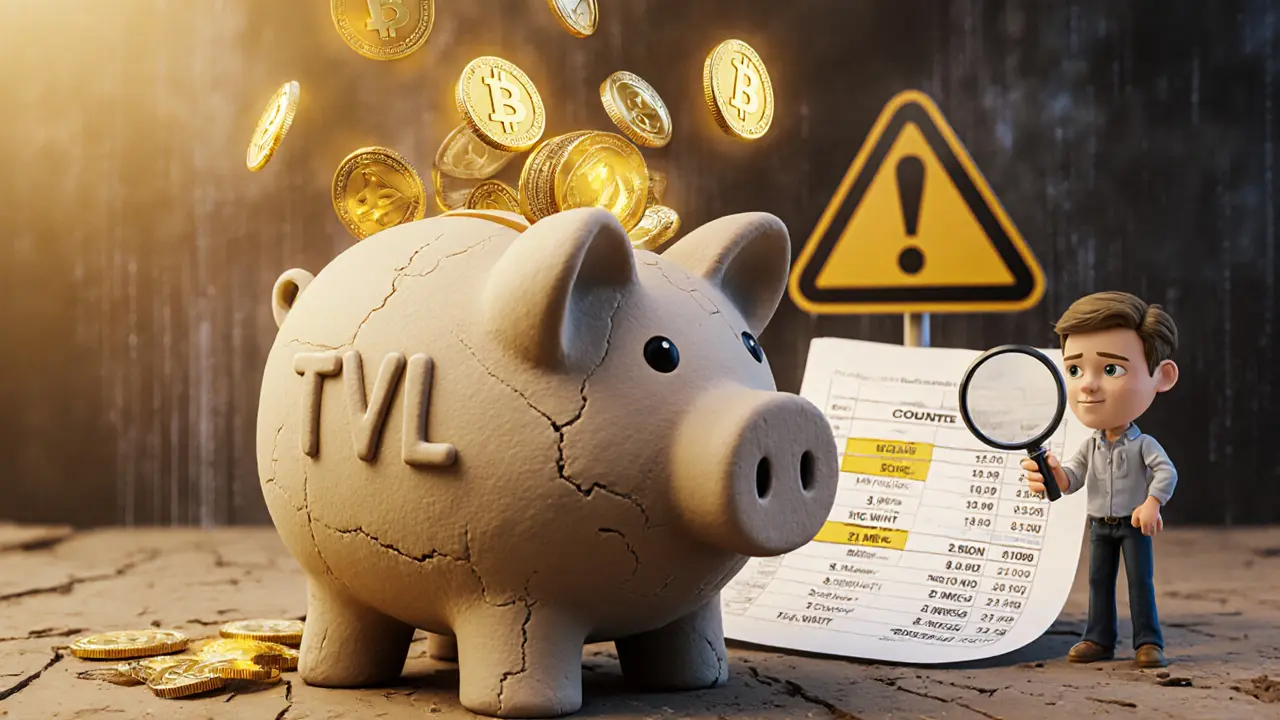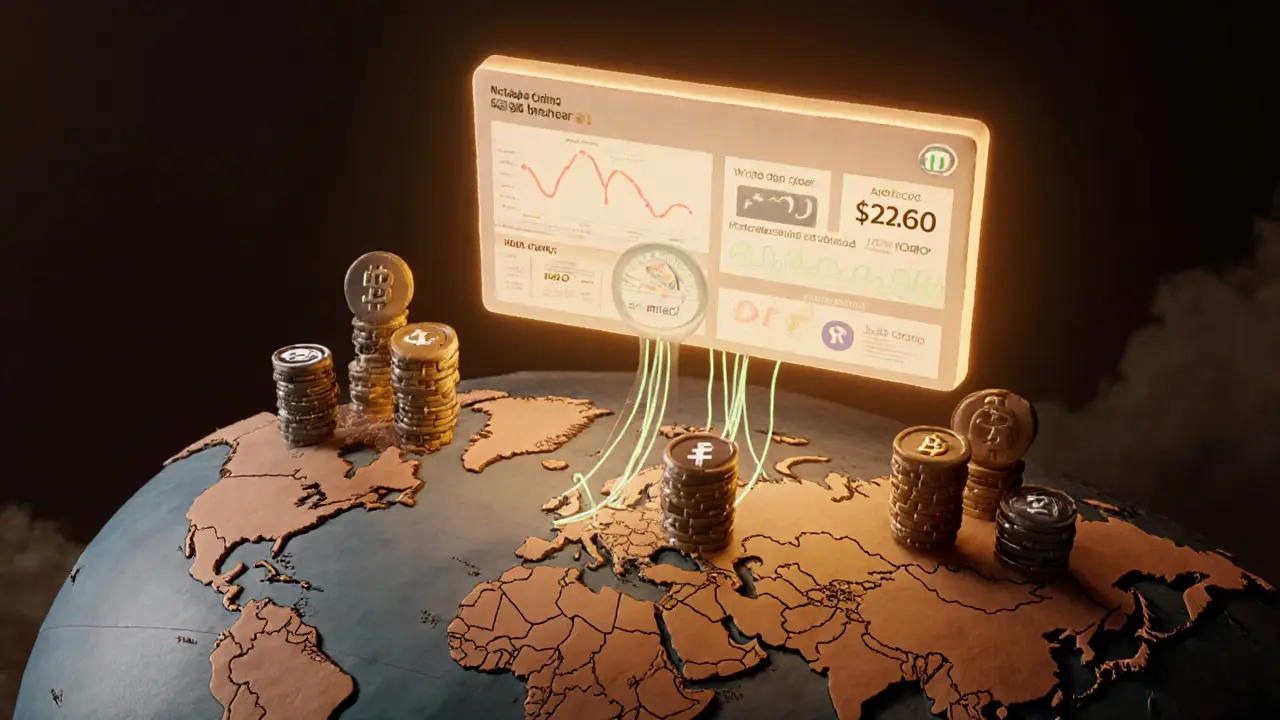Total Value Locked: What It Really Means for DeFi and Crypto Investing
When you hear Total Value Locked, the total amount of cryptocurrency locked in decentralized finance protocols to enable lending, trading, or staking. Also known as TVL, it’s the go-to metric for judging how popular a DeFi platform is. But here’s the truth: a high TVL doesn’t mean a project is safe, smart, or even active. It just means people have deposited money there—sometimes because they’re chasing high yields, sometimes because they got tricked.
TVL is tied directly to liquidity pools, smart contract-based reserves where users deposit tokens to enable trading or earn rewards. Every time you stake your ETH in a DeFi app to earn interest, or add USDC and DAI to a swap pool, you’re adding to that project’s TVL. That’s why platforms like StellaSwap v3, a Polkadot-based DEX offering concentrated liquidity for Moonbeam users. or STON.fi v2, a fast, low-fee exchange built for the TON blockchain. show rising TVL when their user base grows. But TVL can also inflate from fake volume, airdrop farming, or one-time deposits from whales trying to make a project look bigger than it is.
That’s why you can’t trust TVL alone. Look at the active addresses, the number of unique wallets interacting with a blockchain or DeFi protocol daily. If TVL is high but active addresses are flat or falling, the money isn’t being used—it’s just sitting there. That’s exactly what happened with Levana Protocol and Kalata Protocol, where TVL looked impressive until trading dried up and users fled. TVL also doesn’t tell you about security. SkullSwap and Blockfinex had some TVL, but no audits, no community, and zero transparency. That’s a red flag no metric can hide.
Real crypto investing isn’t about chasing the biggest numbers. It’s about understanding what’s behind them. TVL is a starting point—not a finish line. You need to ask: Who’s locking their coins? Why? Is the protocol actually being used? Are the rewards sustainable? The posts below break down real cases where TVL misled investors, where it signaled real growth, and where it was just smoke and mirrors. You’ll see how TVL connects to yield farming, exchange volume, and even regulatory risks. This isn’t theory. It’s what’s happening right now in DeFi—and what you need to know before you lock up your next dollar.
How TVL Is Calculated in DeFi: The Real Method Behind the Numbers
TVL measures how much crypto is locked in DeFi protocols, but its calculation is inconsistent and often inflated. Learn how it's really computed, why it's misleading, and what to check instead.
DeFi Growth Statistics and Adoption: Market Trends, TVL, and Regional Adoption in 2025
DeFi adoption is accelerating with $123.6 billion locked in protocols in 2025. Learn key growth stats, regional trends, stablecoin usage, and the real drivers behind DeFi’s expansion.

